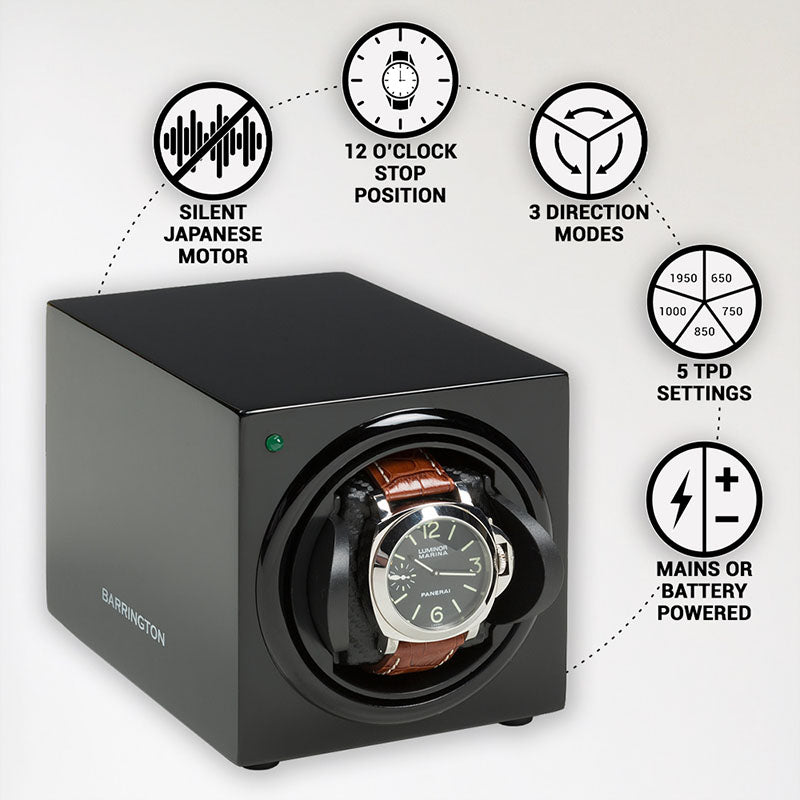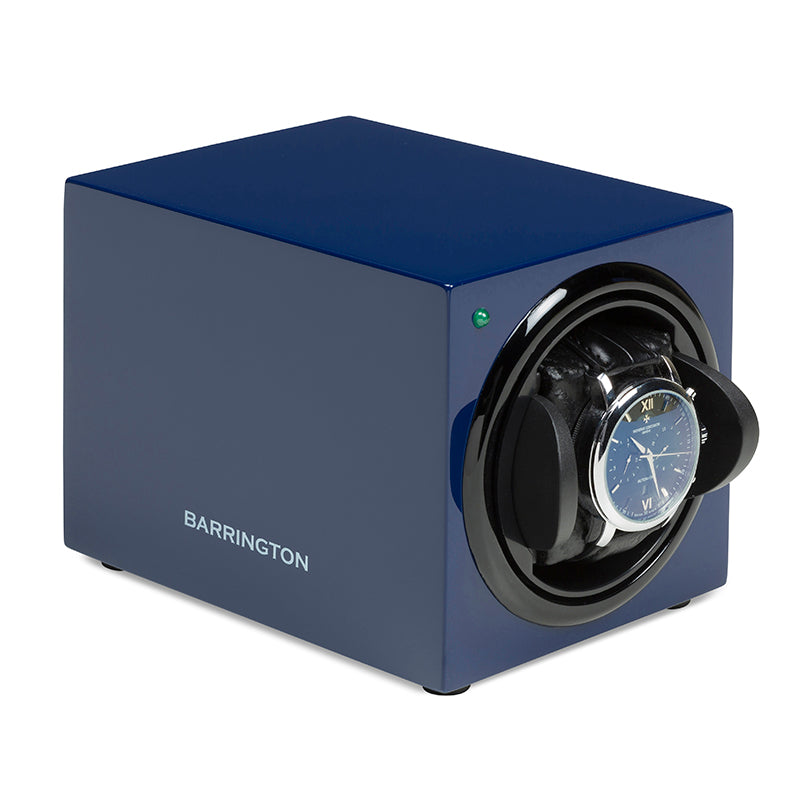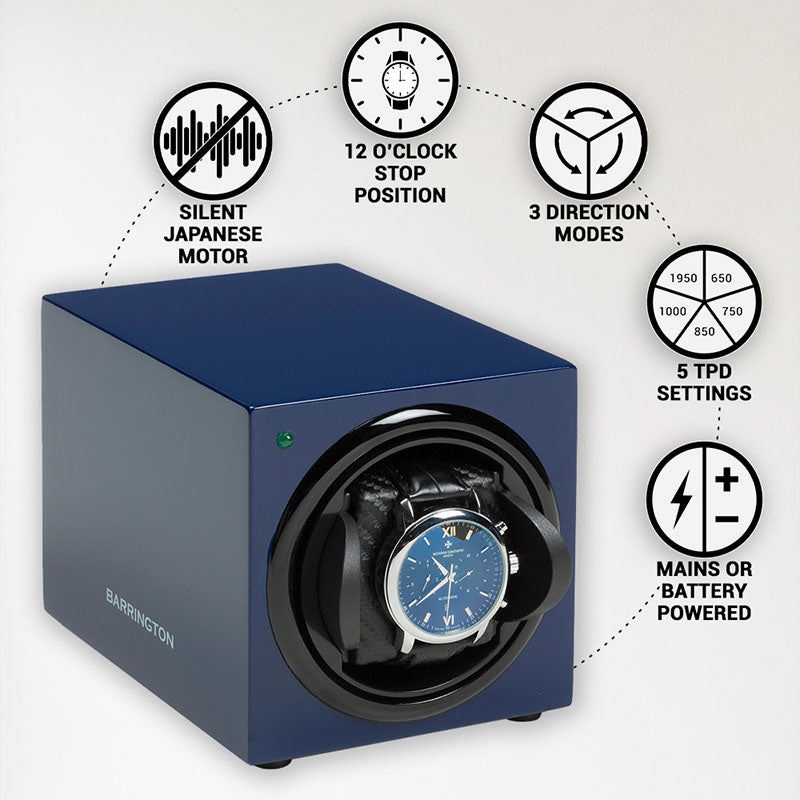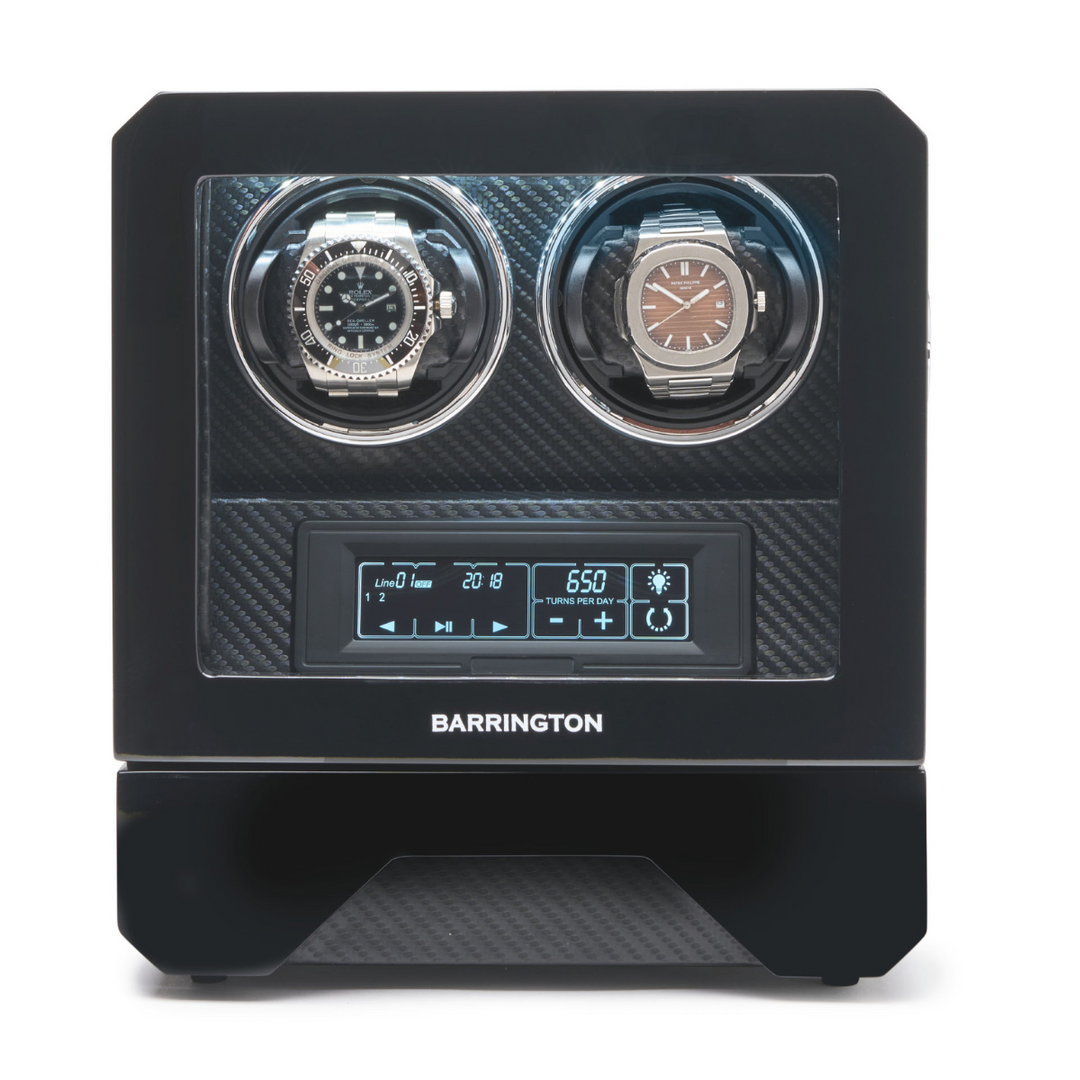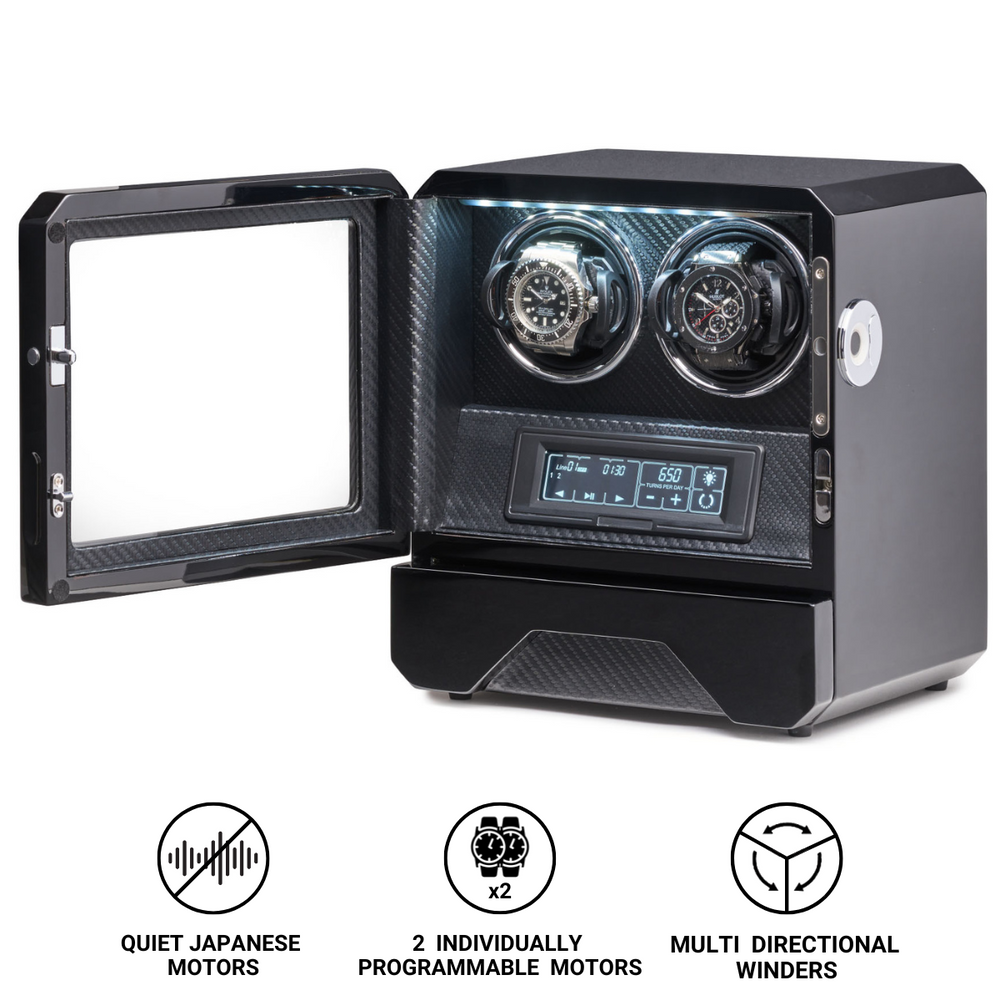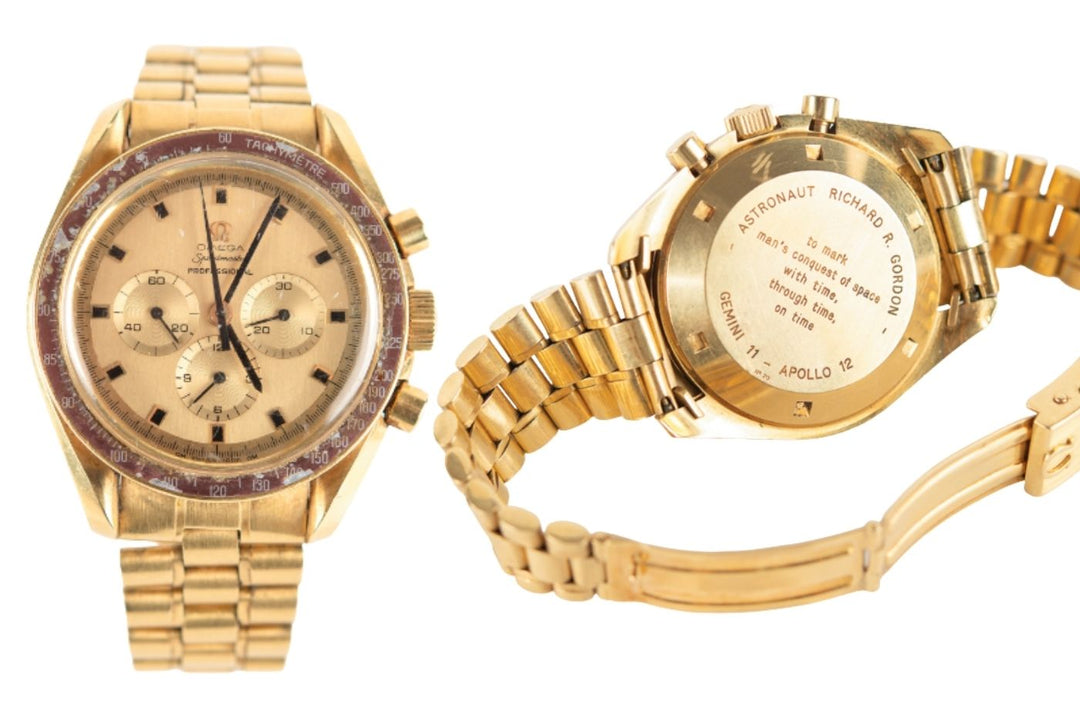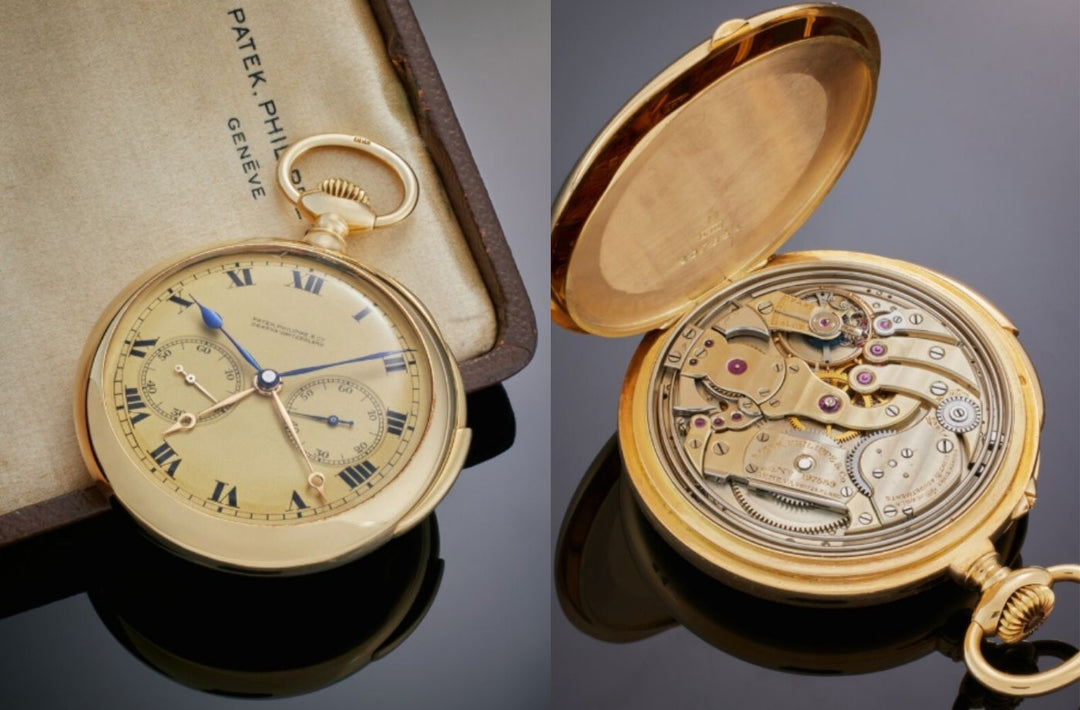The Rise of Japanese Movements in Luxury Watches
Not Just About Affordability Anymore
For decades, Japanese watch movements were seen mainly as dependable workhorses, reliable, accurate and cost-effective, but rarely luxurious. That perception is changing. In recent years, Japanese movements have quietly entered the high-end conversation, not just as alternatives, but as benchmarks of innovation, quality and mechanical artistry.
Seiko, once known primarily for affordability and quartz disruption, now competes in the luxury space with its Grand Seiko division. These watches feature in-house mechanical, spring drive and high-beat automatic movements that are every bit as precise as their Swiss counterparts. Grand Seiko’s 9S and 9R calibres, assembled in their Shizukuishi and Shinshu studios, are produced with obsessive attention to detail, often regulated to tighter tolerances than some COSC-certified Swiss watches.
Citizen has also elevated its offerings. Through its high-end arm, The Citizen, and its acquisition of movement manufacturer Miyota, it has refined its mechanical lines with improved finishing and longer power reserves. The Caliber 0200, developed with Swiss input but manufactured in Japan, is a recent example that blends Swiss aesthetic cues with Japanese precision, and marks a deliberate move toward the luxury segment.
Even lesser-known names like Minase and Kurono Tokyo are proving that Japanese watchmaking can offer both exclusivity and depth. These brands do not rely on scale; they focus on small production runs, hand-assembled movements and thoughtful design. The result is something rare, luxury that feels personal rather than mass-produced.
Precision, Philosophy and Independent Spirit
The rise of Japanese movements in luxury watches is not simply about pricing or materials, it is philosophical. Where Swiss watchmaking often leans into tradition and heritage, Japanese watchmaking tends to embrace quiet perfectionism. Movements are refined rather than reinvented; improvements are introduced gradually and deliberately.
Take the Spring Drive movement, for instance. Developed by Seiko, it combines a traditional mainspring with an electronic regulator, creating a seconds hand that glides instead of ticks. It took over 20 years to perfect. That kind of patience is rare, and speaks to a different mindset altogether.
Japanese luxury movements also offer something increasingly hard to find in watchmaking: independence. Brands like Grand Seiko and Credor produce virtually everything in-house, from the hairspring to the case polishing, something even some high-end Swiss brands outsource. This level of vertical integration results in fewer compromises and more consistency across models.
What once made Japanese movements popular for entry-level automatics, durability, reliability, value, now makes them serious contenders in the luxury world. They are no longer defined by what they cost, but by what they represent: innovation without noise; craft without showiness.
As the global watch community becomes more educated and design-aware, collectors are no longer just looking for Swiss logos or familiar case shapes. They are looking for quality, character and something that reflects their own taste. For many, Japanese movements now meet, and sometimes exceed, those expectations; quietly proving that excellence does not have to shout.



